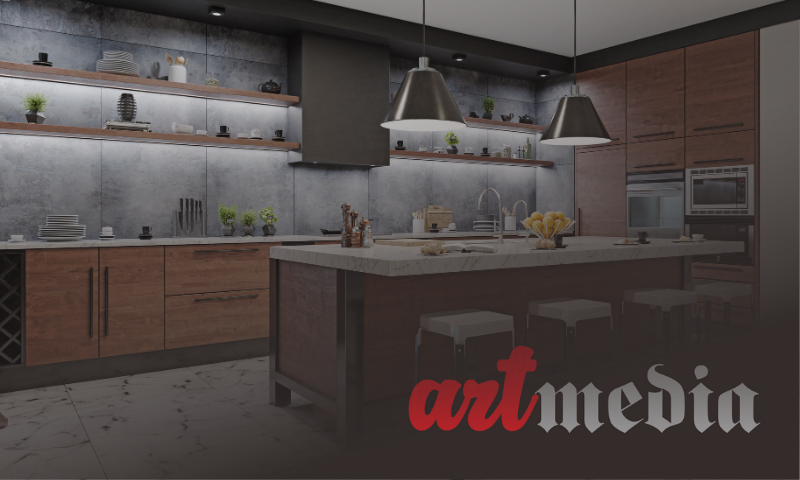
In this modern era, smart technology has entered various aspects of human life, including home interior design. One interesting innovation is the use of smart technology in creating a more efficient, comfortable, and safe living space. One of the latest examples is the Doogee V Max, a cell phone with an incredible battery capacity of 20,000mAh that will be released in February 2023. However, not only mobile phones, smart technology applications are also starting to influence the overall interior design of homes.
One important aspect of smart technology in home interiors is the use of automatic doors and windows. Sensors and automation systems allow doors and windows to open and close automatically, improving energy efficiency and maximizing natural light entering the room. In addition, smart lighting systems allow users to control the light intensity and lighting color according to the mood and needs of the room.
Smart thermostats are another solution that utilizes smart technology to improve comfort and energy efficiency. It can learn from residents’ habits and automatically adjust the home’s temperature to optimize energy use. Users can also control them via mobile devices, providing additional flexibility in managing room temperature.
Smart security systems are also an integral part of smart home interior design. Equipped with cameras, motion sensors and alarms, these systems can be accessed and controlled remotely via mobile devices. This provides an added level of security, ensuring that residents can monitor and secure their homes with ease.
Not only that, smart technology has also made its way into home appliances. Refrigerators, ovens, washing machines and other devices are now equipped with smart technology that allows users to control and monitor them remotely. This not only improves the efficiency of equipment usage, but also provides a higher level of convenience.
However, in applying smart technology in interior design, several considerations need to be taken into account. Compatibility between devices is important to ensure that the system functions properly. Data security must also be considered, especially since many of these systems are connected to the internet. In addition, costs and potential return on investment (ROI) also need to be carefully evaluated before implementation.
With careful thought and planning, smart technology can have a significant positive impact on home interior design. Energy efficiency, comfort, security, and flexibility are some of the many benefits that can be gained from implementing smart technology in a home. That way, the house becomes a place that is not only comfortable, but also efficient, smart, and safe to live in.
 Apptech Channel trading 'll be easier
Apptech Channel trading 'll be easier
